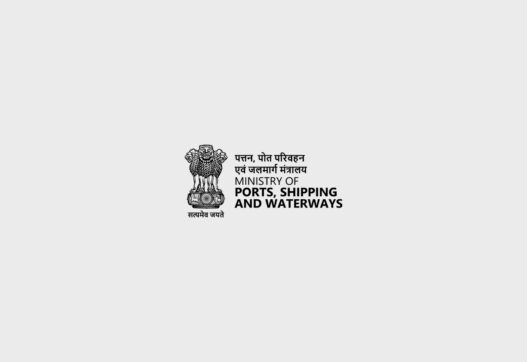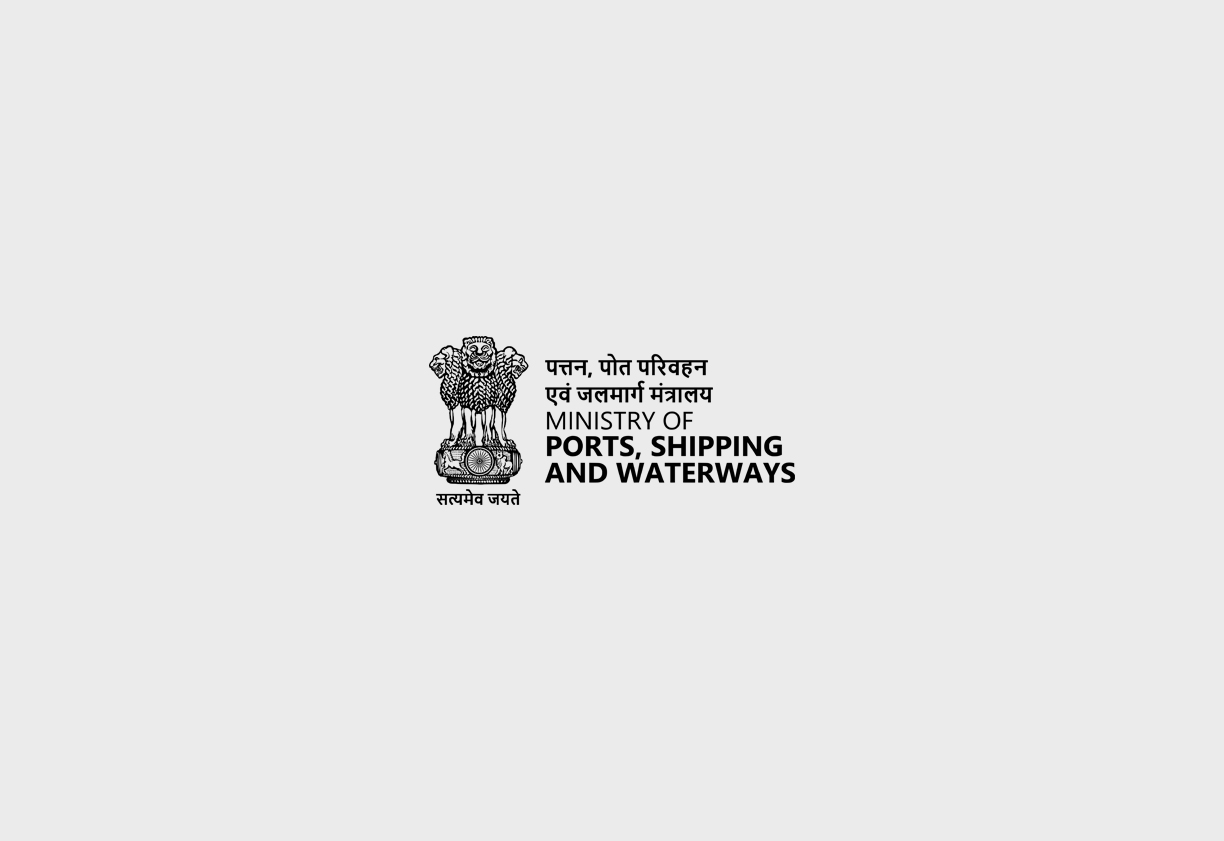Ministry of Shipping
The National Waterways Act, 2016, represents a significant step in the development of India’s inland waterways network. The Act builds upon the Inland Waterways Authority of India Act, 1985, by declaring additional stretches of rivers and canals as National Waterways, bringing the total to 111. This expansion aims to enhance inland water transport infrastructure, improve connectivity, and boost trade and tourism. This Act falls under the Ministry of Ports, Shipping and Waterways.
Enactment Date, Number of Chapters, Number of Sections:
The Act was enacted on March 25, 2016, and came into force on April 12, 2016. It consists of five sections and a schedule listing the designated National Waterways and their limits. The Act is not divided into chapters.
Act Governed By:
The Act is implemented by the Central Government, working in conjunction with the Inland Waterways Authority of India (IWAI), the statutory body responsible for regulating and developing national waterways.
On Whom It Is Applicable:
The Act’s provisions apply to all activities related to shipping and navigation on the designated National Waterways. This includes vessel operators, cargo owners, and individuals or entities involved in the development and maintenance of waterway infrastructure.
Penalties/Punishments:
The Act itself does not specify penalties. However, it clarifies that the IWAI Act, 1985, governs the regulation and development of these waterways, and that Act does contain provisions for penalties for violations.
Important Pointers:
-
Declares 106 new National Waterways in addition to the existing five.
-
Provides a schedule listing all 111 National Waterways and their specific limits.
-
Clarifies the role of the Union Government in controlling and developing these waterways.
-
Amends the Inland Waterways Authority of India Act, 1985, to reflect the expanded list of National Waterways.
-
Repeals previous Acts that designated specific waterways as National Waterways, consolidating them under this single Act.
-
Ensures continuity by stating that actions taken under the repealed Acts, if consistent with this Act, are deemed to have been taken under this Act.




